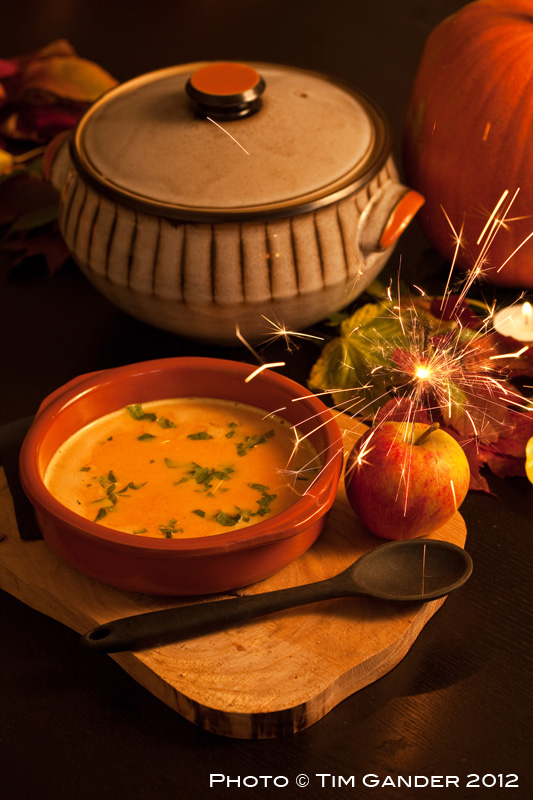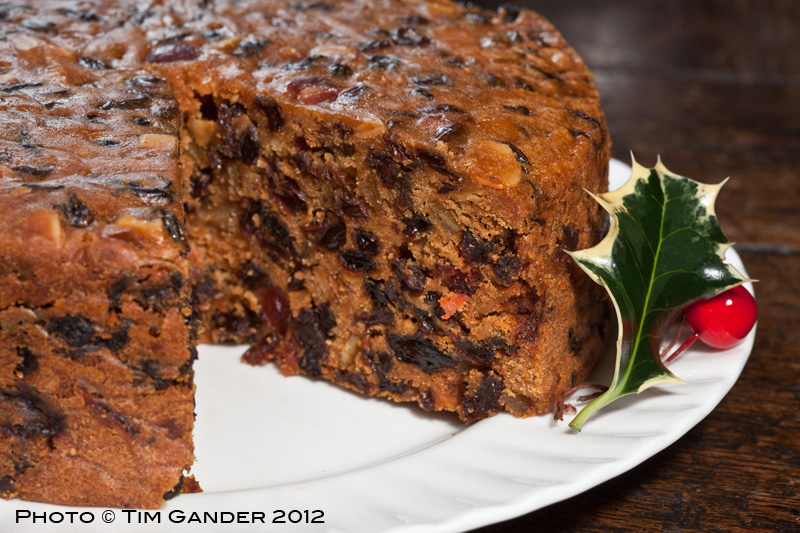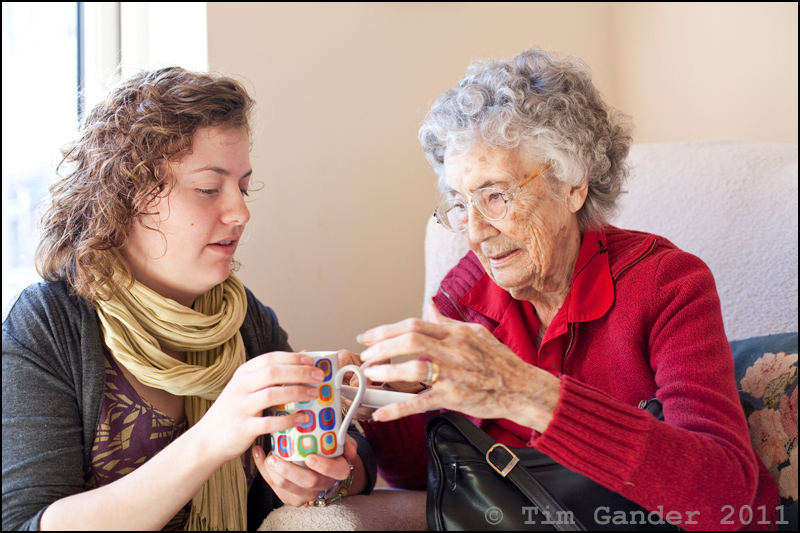One area of commercial photography I seem to have been getting involved with more frequently over the past year has been on-location food photography.
Food photography is a highly specialized area and if a client is going to go the whole hog (pun intended) they’ll be looking at very high fees for a top-end photographer, plus assistant, food stylist, studio hire, props, editing and post-production.
As for my work, I know my level and I know what I can do for a client. When they approach me I measure their expectations and requirements against their budget and if I believe I can offer what they need, I’ll take on the task. If they’re looking for something very high-end, I’ll recommend them to a food photography specialist. However, there are many instances where quality is required, but it’s clear we’re not shooting for The Ritz brochure and that’s where I can help.
This is the same approach I took when I was recommended to Caroline Jones of newly-launched online food magazine Local Morsels, which champions local food producers, growers, retailers, chefs and restaurant owners in the Bath and Bradford on Avon area.
I was recommended to Caroline by web designer Andrew Eberlin. Caroline and I met over coffee, discussed her requirements and I designed a fee and licence structure which suits her requirements perfectly.
The first batch of images, shot for the inaugural issue, were taken at locations in Bradford on Avon, using my portable studio lighting setup. The work was fun to do and I’m looking forward to the next session, which is already booked for later this month.
In the meantime, here’s a small selection of images from the first edition. If you’re the kind of person who eats, why not bookmark the Local Morsels website and learn more about locally produced food? Try not to drool on your keyboard though.





